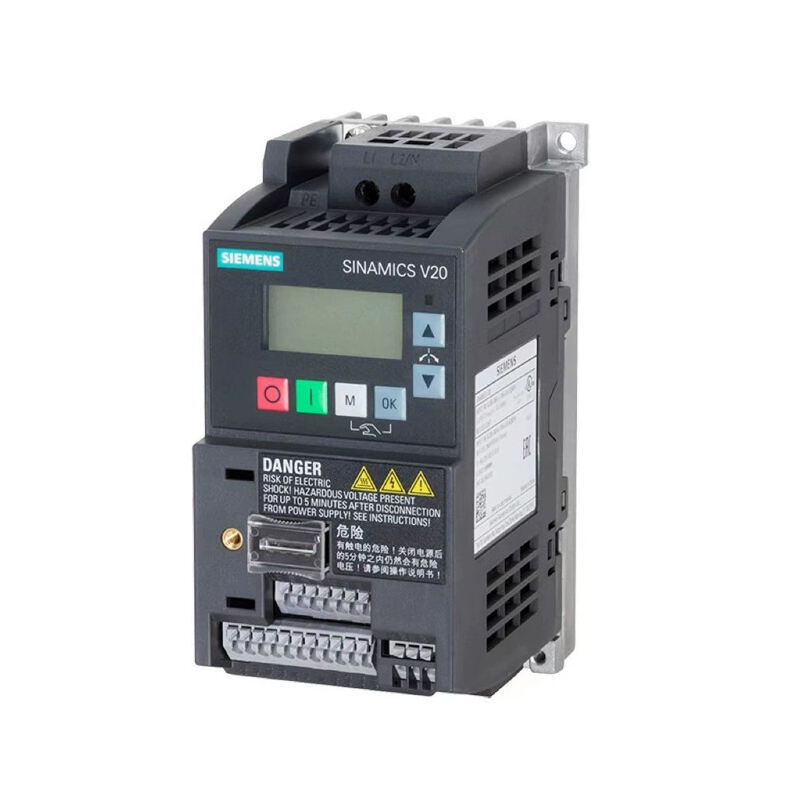input output module
An input output module serves as a crucial interface component in modern control systems, enabling seamless communication between various devices and the central processing unit. These modules are designed to handle both digital and analog signals, facilitating data transfer and control operations in industrial automation, building management, and smart manufacturing environments. The module typically features multiple channels for inputs and outputs, supporting various signal types including voltage, current, temperature, and discrete signals. Advanced models incorporate built-in diagnostic capabilities, surge protection, and hot-swappable functionality for enhanced reliability and maintenance efficiency. The module's architecture includes signal conditioning circuits, isolation barriers, and precise analog-to-digital converters, ensuring accurate data acquisition and reliable signal transmission. With support for common industrial protocols such as Modbus, Profinet, and EtherCAT, these modules seamlessly integrate into existing automation networks. The design emphasizes robust construction to withstand harsh industrial environments, featuring industrial-grade components and protective measures against electromagnetic interference. Modern input output modules also include advanced features like configurable parameters, status indicators, and comprehensive error detection mechanisms, making them essential components in Industry 4.0 applications.

